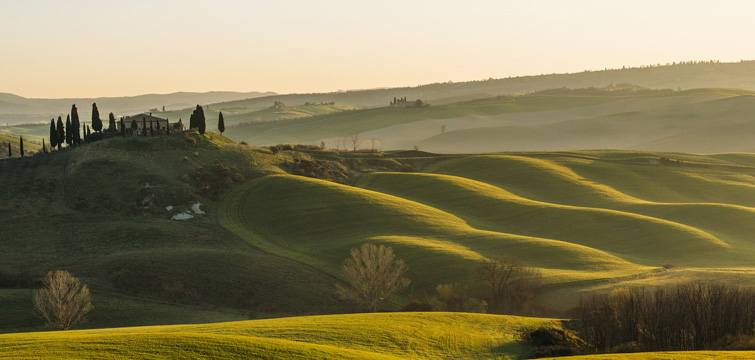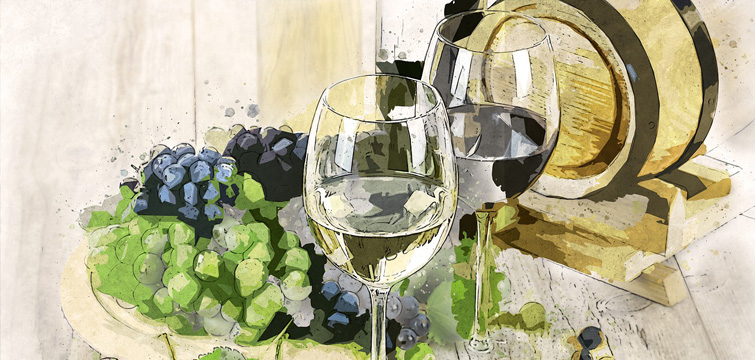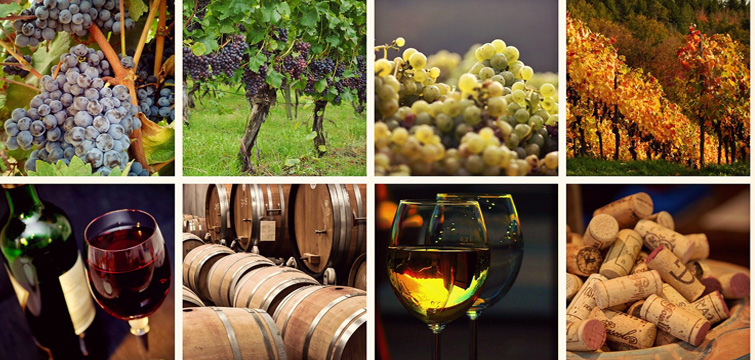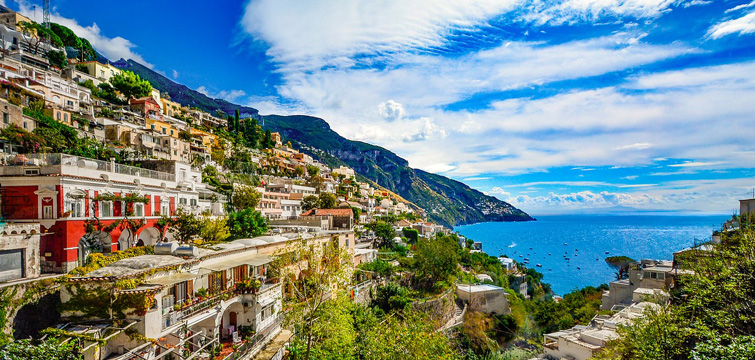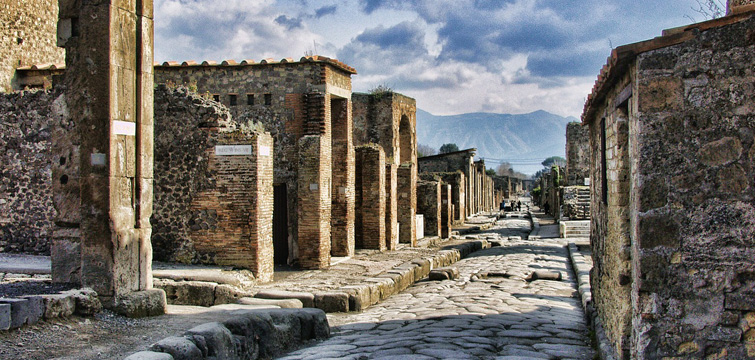Tuscany in 7 Days
Tuscany is certainly among the most beautiful regions of Italy. Thanks to the unforgettable landscapes, excellent wine and excellent typical food, Tuscany is visited every year by millions of people from all over the world. Having so many things to see and do, we decided to create a Tour of Tuscany in just 7 days to let you completely immerse yourself in the beating heart of this beautiful region of Italy. The Moretti Car Rental will let you discover the main cities of Tuscany, a territory that has so much to offer even to those who return endlessly to visit it.
1st Day: Arrival in Florence
Arrival at Rome or Florence airport in the morning, private transfer to the hotel. The afternoon will be free. Dinner at the hotel and overnight stay.
2nd day: Florence
- Breakfast at the hotel
- In the morning, guided tour of the city with a private guide.
- Lunch in a typical restaurant, to taste the real Florentine steak.
- Free afternoon for individual visits and shopping
- On request: prepaid tickets for the main Florentine museums, to avoid long queues at the entrances with guided tours inside.
- Shopping with a professional personal shopper.
- Dinner and overnight stay.
What to see in Florence
A city of timeless charm, one of the most important cities of art in the world. The cult of beauty is everywhere: splendid buildings, beautiful squares and extraordinary landscapes blend harmoniously with Tuscan traditions. Piazzale Michelangelo, Ponte Vecchio and Palazzo Vecchio, the Basilica of Santa Croce, the Duomo, are just some of the sites that you cannot be present.
3rd Day: Chianti area
- Breakfast at the hotel.
- Morning departure with brief stops in delightful historic towns, such as Montefioralle and Greve, the “capital” of Chianti red wine.
- Guided tour of a wonderful historic castle in the area.
- Typical lunch and wine tasting.
- Free dinner and overnight stay in Florence.
4th day: Siena & San Gimignano
- Breakfast at the hotel.
- Departure by private luxury car with English speaking driver towards Siena.
- Guided tour of the city with private guide.
- Lunch in a local restaurant.
- Departure to San Gimignano with free afternoon to visit the city.
- Free dinner and overnight stay in Florence.
What to see in Siena
Located in the heart of Tuscany, Siena is built on three hills, keeping its medieval appearance intact, characterized by narrow, winding streets, noble palaces and monuments of great artistic interest such as Piazza del Campo, which, with its shell shape, is considered one of the most beautiful medieval squares in Italy.
What to see in San Gimignano
A city very rich in history, art and culture, it is known as the “City of the 7 Towers” and was declared by UNESCO as part of the architectural heritage of the world. It stands on a hill overlooking a green valley of the beautiful Tuscan countryside. Once the home of a small Etruscan village, it began its life as a city in the 10th century taking the name of the Holy Bishop of Modena: San Gimignano, who is known to have saved the village from the barbarian hordes.
5th Day: Lucca & Pisa
- Breakfast at the hotel.
- Excursion to Lucca.
- Departure by private luxury car with driver in Lucca and guided tour of the city with private guide.
- Lunch in a typical Pisan trattoria.
- Departure to Pisa, guided tour of the city with private guide and entrance to the Leaning Tower.
- Free dinner and overnight stay in Florence.
What to see in Lucca
Lucca is a refined city and, in a sense, a magical city. It is “equally adorned both by a serious Romanesque and by the most sumptuous Renaissance buildings, its alleys end in wide, luminous squares … all with consequent splendor of unsurpassed harmony. The pleasure that Lucca gives its visitors not only artistic: the old grocery store and pastry shops offering the most exquisite local specialties, the taverns and the typical family-run “trattorie”, which testify how the local inhabitants enjoy the pleasures of the table.
What to see in Pisa
In Pisa the main attraction is Piazza dei Miracoli: visitors can see one of the most incredible marble works that man has ever conceived: the Baptistery, the Cathedral, the Leaning Tower and the Monumental Cemetery, a unique and spectacular view. The Leaning Tower is the bell tower of the Duomo. In the past it was believed that the inclination of the Tower has been part of the project since its inception, but now we know that it is not so. The Tower was designed to be “vertical” and began to lean during construction.
Day 6: Montepulciano
- Breakfast at the hotel.
- Excursion to Montepulciano.
- Departure by private luxury car with driver in Montepulciano, visit of an Etruscan winery and tasting of “Nobile di Montepulciano” (red wine).
- Lunch in a typical restaurant.
- Transfer to Pienza and free afternoon to discover this charming little town with its typical food shops.
- Free dinner and overnight stay in Florence.
What to see in Pienza
Pienza is a rare gem! It was built on the foundations of the Castle of Corsignano, the Pope’s summer residence, which, strongly affected by the poverty of the local inhabitants, decided to create for them a perfect model city inspired by Humanism. This small medieval town is perfectly preserved and fascinating which has been designated by UNESCO as “a world heritage site”.
What to see in Montepulciano
Montepulciano Perched on the top of a hill, Montepulciano is considered one of the most characteristic and most intact medieval towns in the area. Its 15th century walls, buildings and palaces can be enjoyed simply by walking along the narrow streets of this town, even a movie set of many national and international films. Montepulciano is famous for the “Nobile” red wine; this is the first Italian wine to have received the DOCG identification mark, which is given only to, excellent genuine food and wine products.
Day 7: Airport
- Breakfast at the Hotel in Florence.
- Private transfer to airport / other destination.


